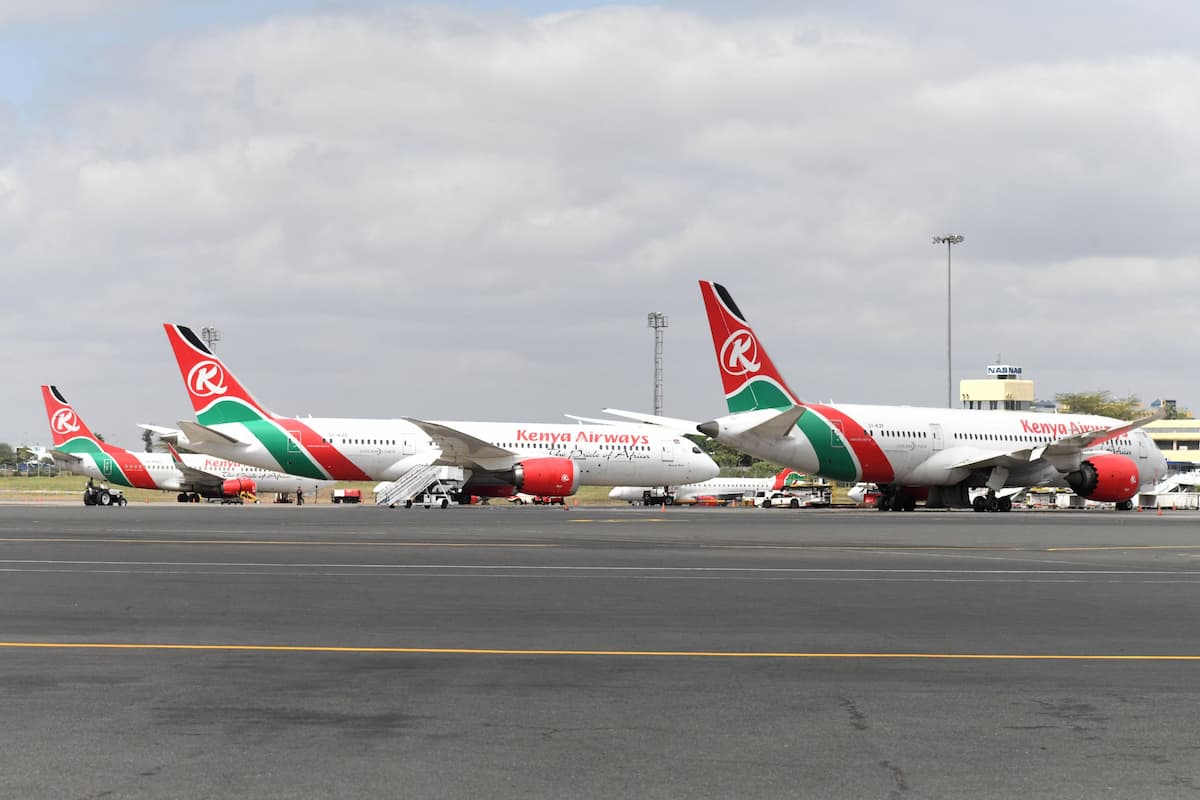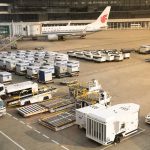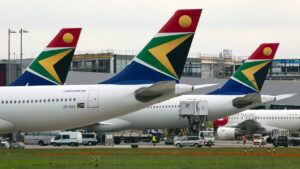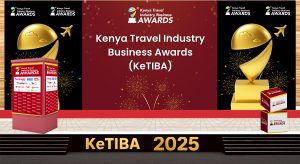The carrier wants to adopt a single-type fleet strategy and is targeting Boeing aircraft.
Kenya’s flag carrier plans to retire its Embraer and Bombardier fleet in favor of Boeing aircraft as it looks to incorporate “mono fleeting.” This cost management strategy will be implemented in line with the airline’s long-term fleet and route development plans.
So far, Kenya Airways (KQ) has disclosed plans to phase out its Embraer Regional Jets and Bombardier aircraft to increase capacity and meet passenger demand. It is progressively moving towards becoming an all-Boeing operator, which the board has approved.
Mono fleeting
Fleet commonality can be a game changer for KQ. By operating aircraft that share common parts, and other characteristics, the airline will gain more control of its training and planning while reducing operating and maintenance costs.
Although airlines rarely disclose how much they pay OEMs for aircraft acquisition, they get significant discounts when making large orders. Mono fleeting can also help KQ to receive bulk discounts when purchasing new aircraft. Kenya Airways Group Managing Director and CEO Allan Kilavuka said;
“What mono fleeting does is to simplify our fleet and bring more commonality to the type of aircraft that we fly. It helps particularly with our training and planning and reduces costs because of the type of crew that we need, spare parts, financing and bulk discounts we can get.”
Increasing narrowbody capacity
Kenya Airways’ mono fleeting strategy is part of the plan to increase its narrowbody capacity. According to ch-aviation’s fleet database, the airline currently has a fleet of 21 narrowbody aircraft, including 13 Embraer 190s.
KQ is looking to phase out this fleet of regional jets as they are not providing the airline with enough capacity. The board has already approved the decision to streamline its fleet and acquire new Boeing jets, but it will not be implemented immediately. Allan Kilavuka added;
“We also want to increase the capacity of our narrowbody fleet as the current Embraer fleet that we have is too small. We tend to have payload issues; in other words, we cannot carry all the luggage that we need, so we want to increase the size over a period of time. That’s why we are going for the mono fleeting strategy.”
Looking at the airline’s last annual report, in 2022, the group operated a fleet of 39 owned and leased aircraft. The fleet consisted of nine Boeing 787-8s, eight B737-800s, 13 ERJs, two B737-300Fs, and seven DHC 8-400s. The fleet had been reviewed to ensure that it was fit to serve the network growth.
Sights on recovery
At its 47th AGM, Kenya Airways set its sights on business recovery by 2024 after seeing an increase in revenue and passenger numbers throughout 2022. While it still feels the long-lasting effects of the pandemic, the group predicts a strong recovery as global traffic increases and the industry continues to gain momentum.
The carrier’s turnaround strategy is still on course, and the restructuring efforts led to a 66% revenue increase in local currency, a remarkable 68% increase in passenger numbers, and a 3.5% increase in cargo tonnage. Allan Kilavuka said at the AGM;
“Kenya Airways remained resilient by taking advantage of the upsurge in travel demand through frequency increment and improved service offering. Despite some headwinds with fuel cost increasing year-on-year by 160%, and the dollar deterioration that impacted our direct operating costs, we are confident that with the restructuring initiatives introduced in 2022, the airline is poised for success and will attain its aspiration to turn around by 2024.”
The group is committed to building a robust, reliable, and sustainable airline. Kenya Airways will phase out older aircraft to operate a more modern and fuel-efficient fleet as part of its sustainable fleet development strategy.
Source: Simple Flying






